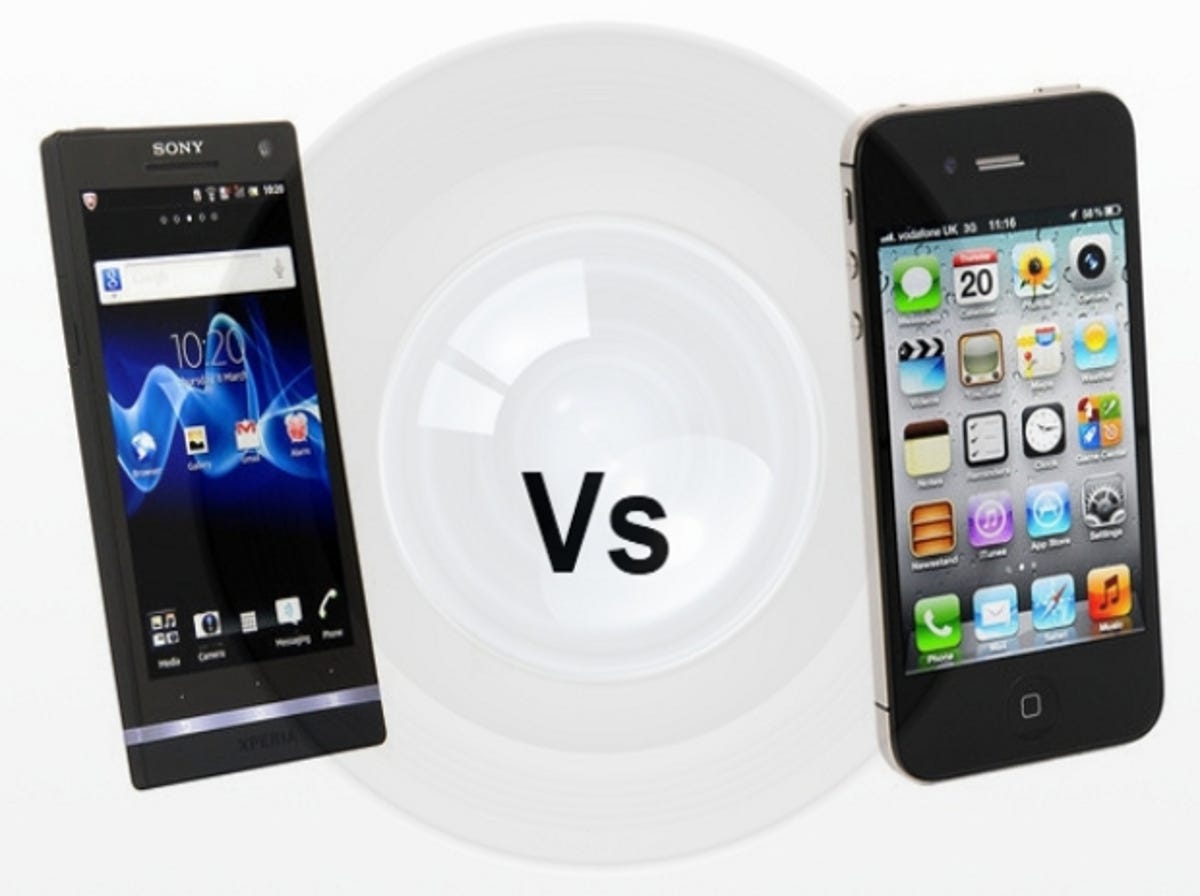
You might assume the 12.1-megapixel camera on the Sony Xperia S would elbow past the 8 megapixels on Apple’s iPhone 4S. But spec sheets rarely tell the whole story — especially when it comes to mobile phone cameras, where a whole range of factors affect image quality, from the lens to the size of the sensor. Megapixel count is only one aspect to consider.
The camera on the iPhone 4S impressed us when we reviewed the device last year, but how does Sony’s newest smart phone snapper fare against it? I rolled up my sleeves and got shooting. iPhone 4S test shots are on the left, Xperia S on the right (click photos to enlarge). The sizes of the shots are down to the different aspect ratios of the two cameras.
Outdoors


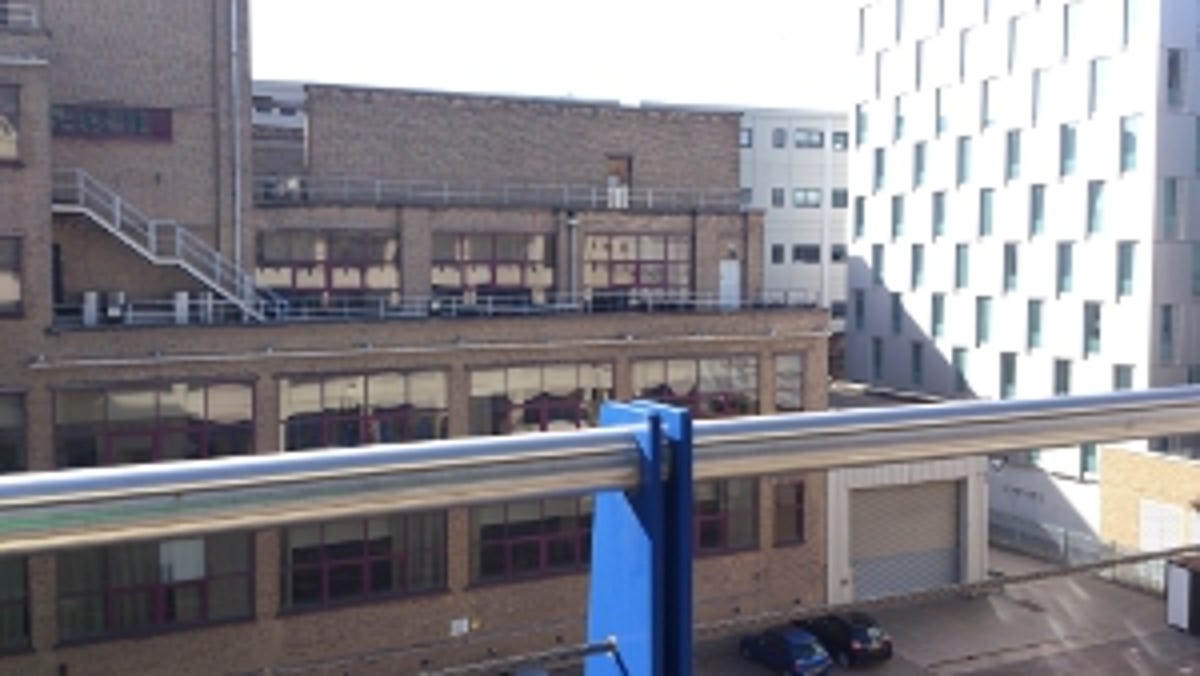

Both cameras handle bright sunlight pretty well but the iPhone 4S edges ahead, producing a better overall picture of the building, with good colour from the foreground right through to the blue sky in the background. The Xperia hasn’t managed to capture any of the sky’s colour.


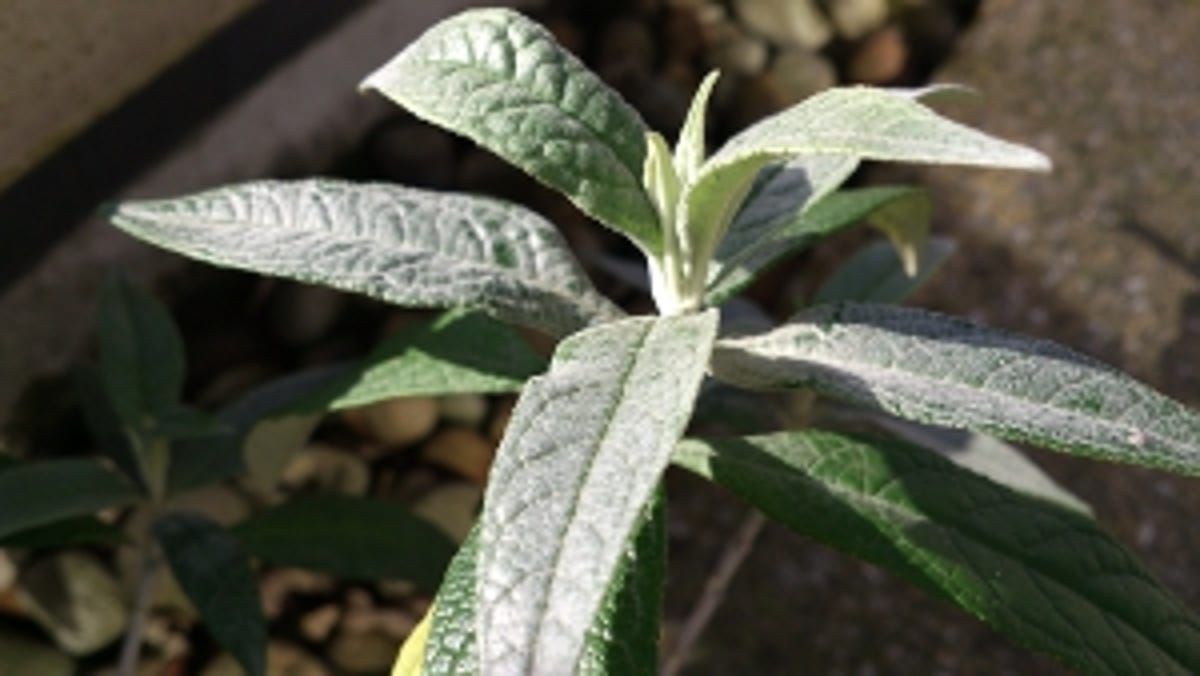

The iPhone captures slightly more of the detail of the plant’s leaves, although the Xperia’s take is also good.


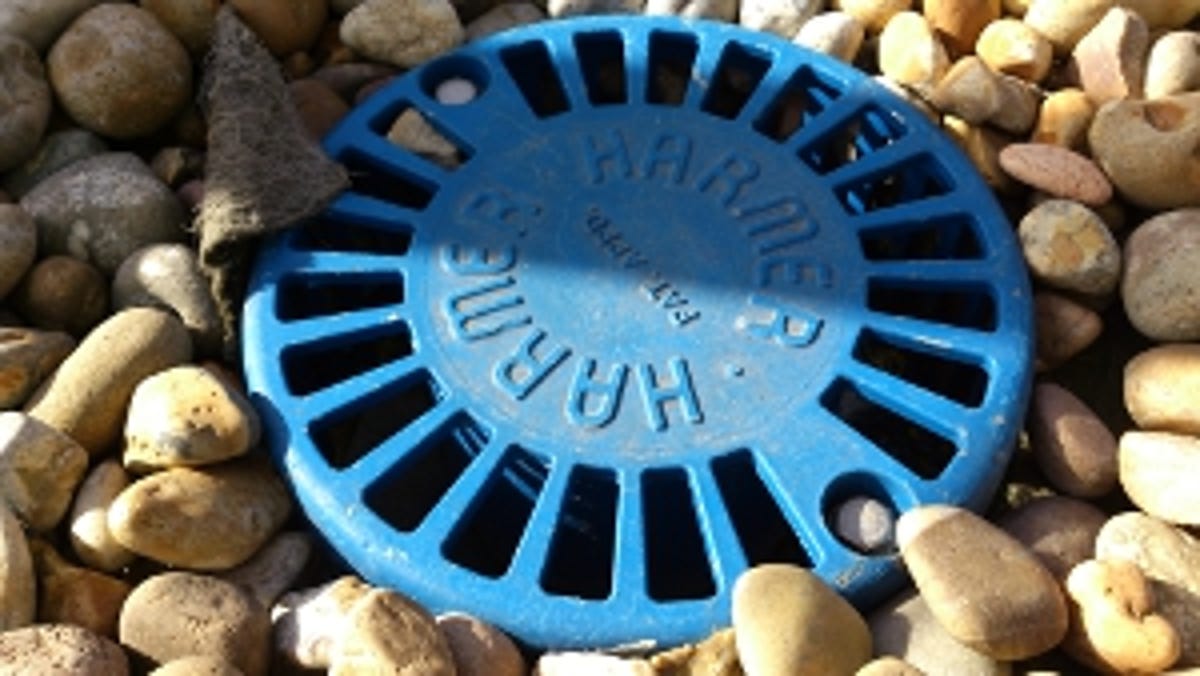

The colours of the blue drain and pebbles are more true to life on the iPhone vs the Xperia’s take.
Outdoor round: iPhone 4S.
Indoors


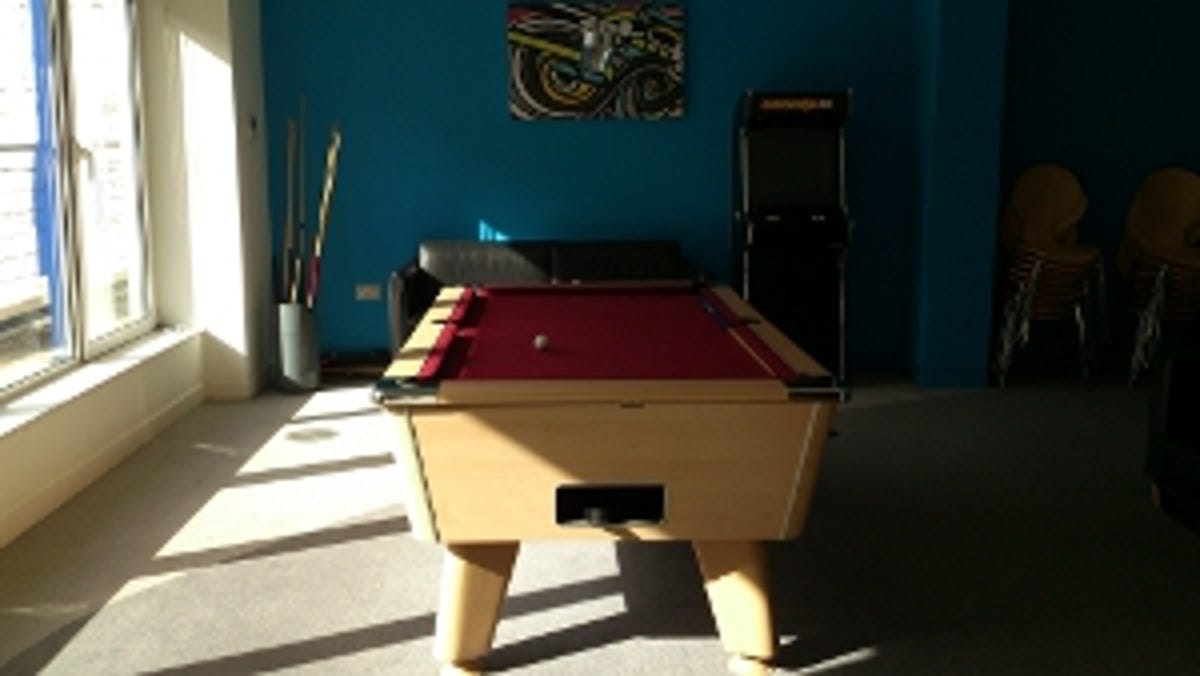

Moving indoors, a tricky shot of a room in partial sunlight and shade causes trouble for the Xperia S. Darker portions of the picture, such as the blue wall and red baize of the pool table, are peppered with noise. The iPhone’s take on the scene is smoother. Its colours are also truer.


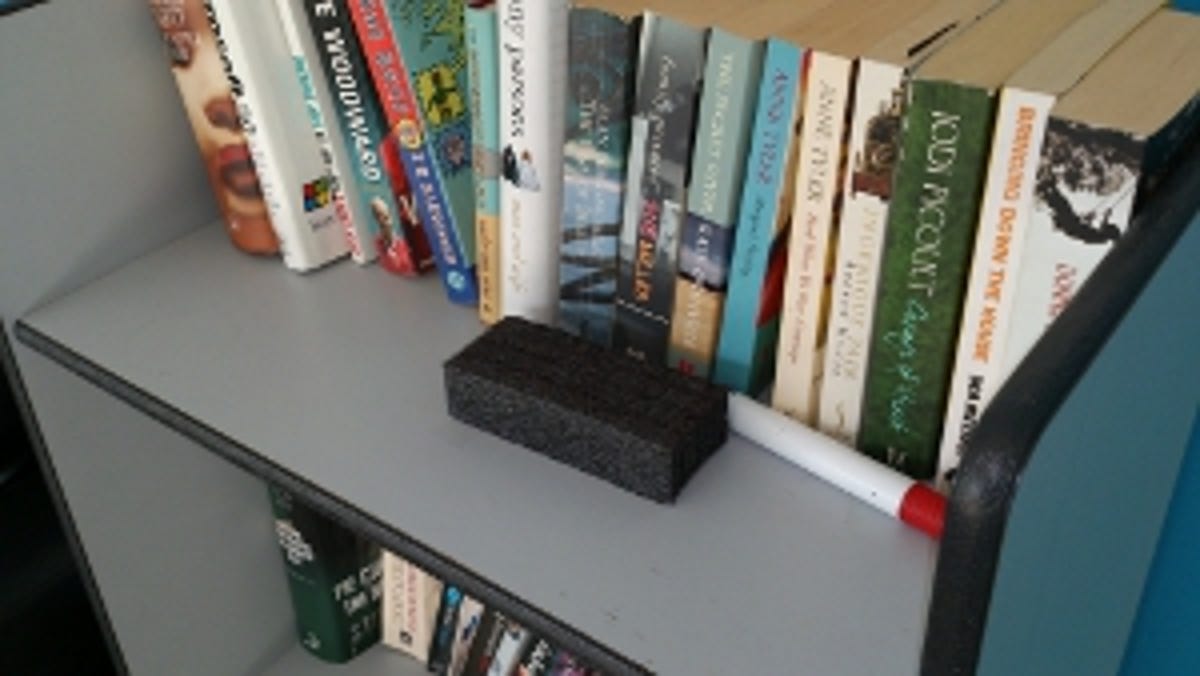

Both cameras handle the shot of the bookcase, lit by natural light, pretty well — but the iPhone’s photo is slightly crisper and has a higher level of detail than the Xperia’s.


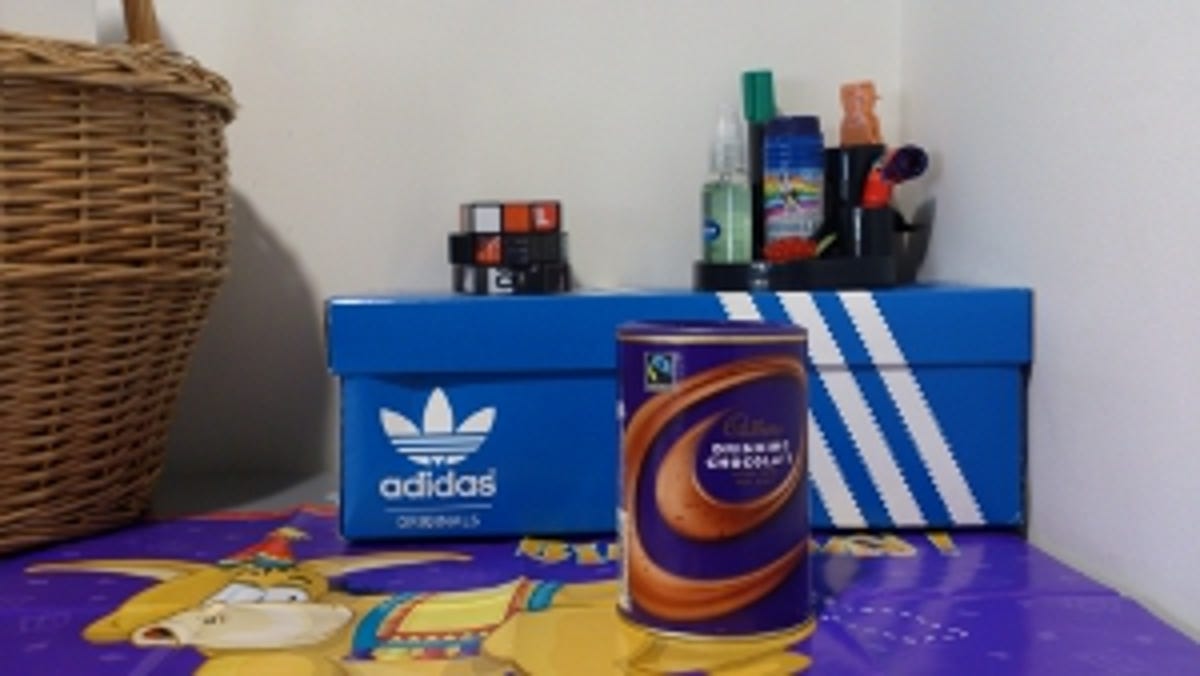

This still life of coloured objects lit by artificial light once again shows up the Xperia’s tendency to produce grainy images when conditions are slightly dingy. Colours on the iPhone’s shot are more accurate. The Xperia has a tendency to over-saturate colours.
Indoor round: iPhone 4S.
Low light


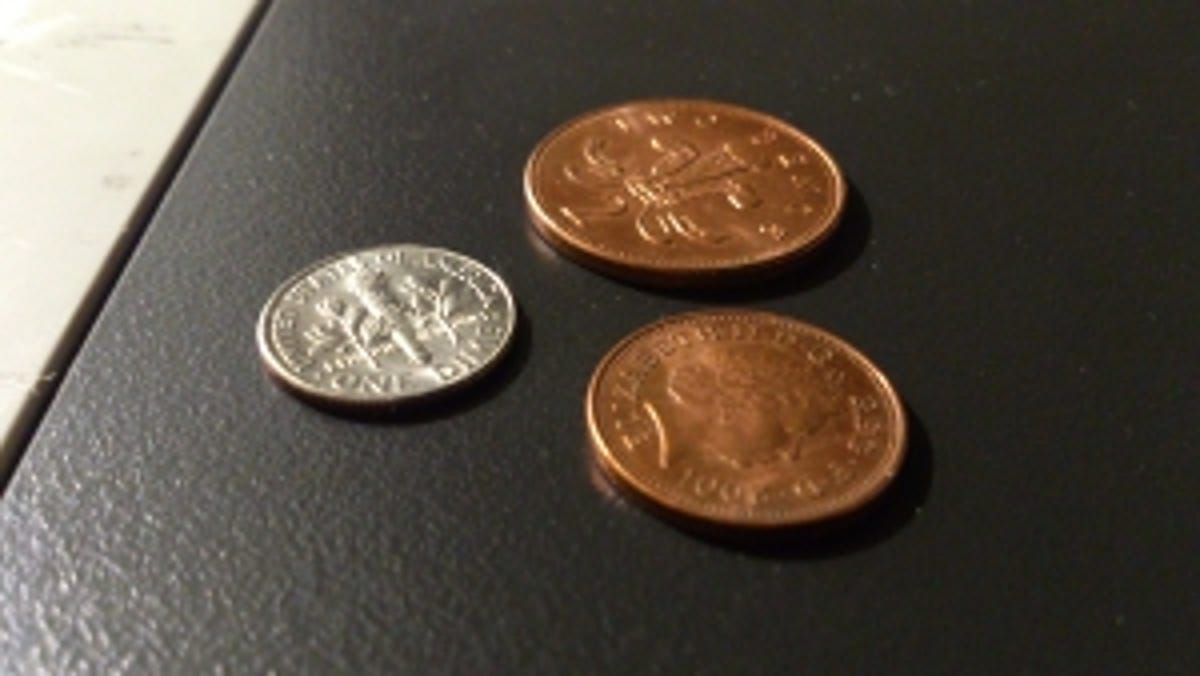

In dingy conditions, the level of detail in the shots drops off significantly, as you’d expect. But the iPhone captures an impressive close-up of this two pence coin, compared to the blurry efforts of the Xperia. The Xperia also had more trouble locking on to the coins in this darkened environment. Its response to low light seems to be to bump up the ISO — resulting in significant loss of detail and a much grainier image.


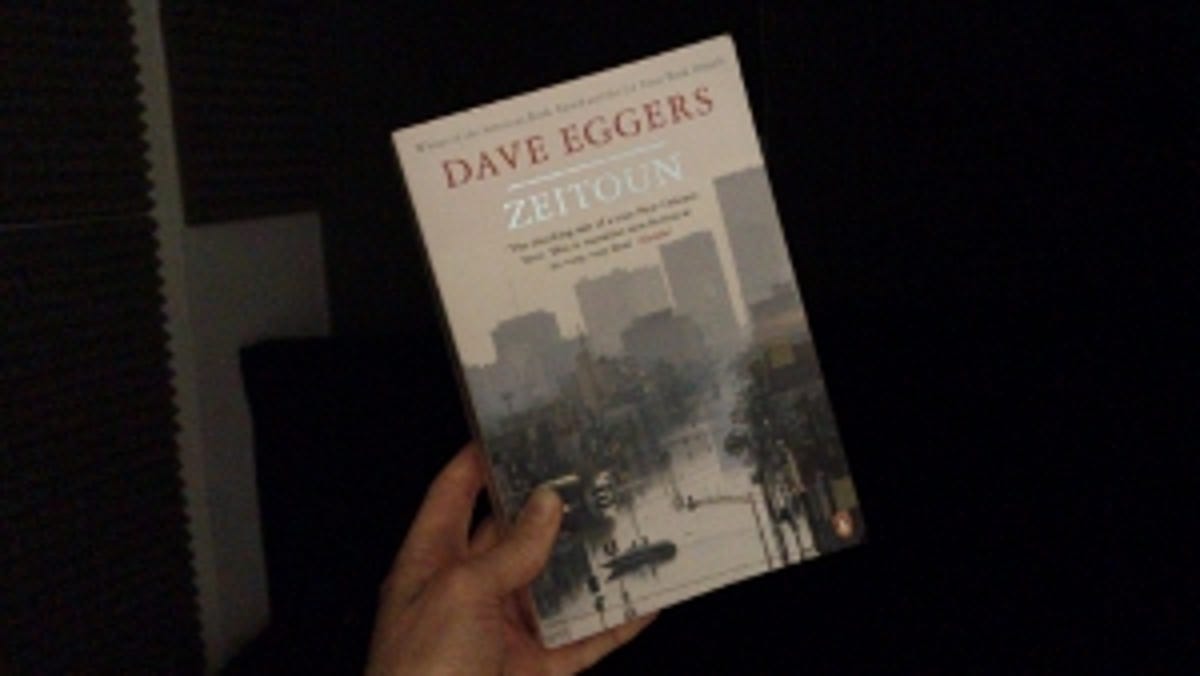

In very dingy conditions both phones produce grainy images with low levels of detail, although once again, the iPhone’s shot is slightly more crisp than the Xperia’s. However, the iPhone does tend to over-redden flesh tones, whereas the Xperia manages to produce a more life-like tone.


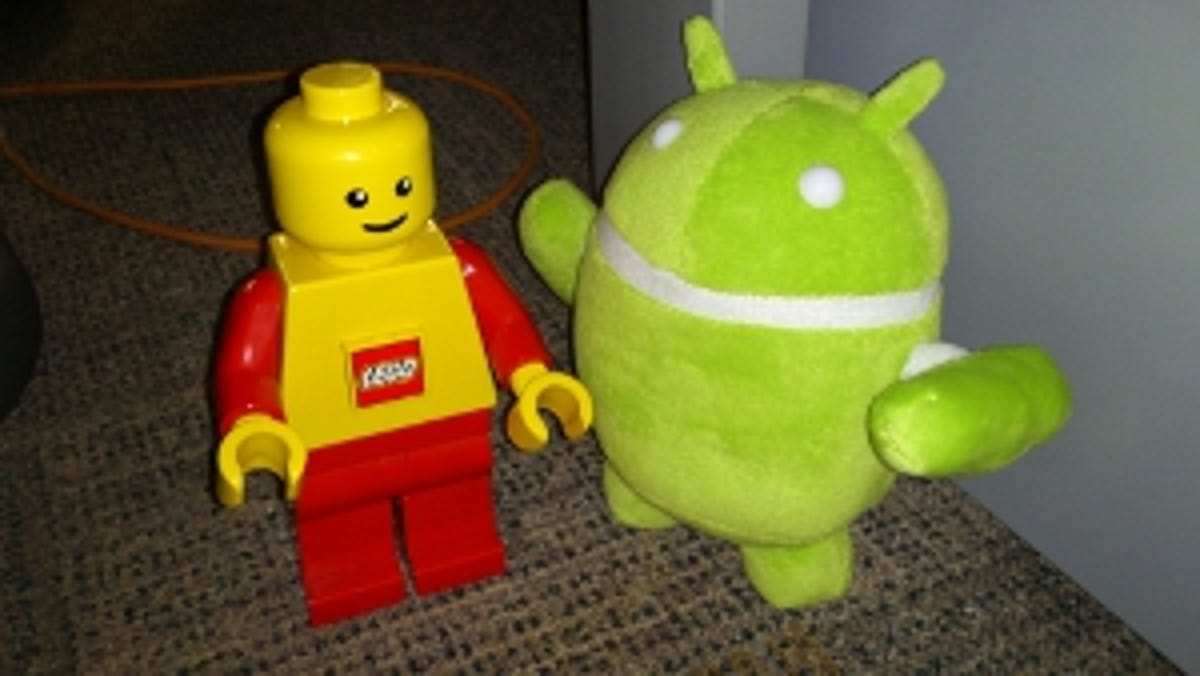

Here, I’m testing the flash in a dingy area. The Xperia S wins out with its more moderated beams, which capture strong colour and detail on both the Droidy and Lego Man Torch, without washing them out. The iPhone’s effort is much less crisp — although the colour of the Droid in the iPhone’s shot is more realistic.
Low light: iPhone 4S.
Conclusion
In almost all situations, the iPhone 4S edges ahead of Sony’s Xperia S camera, with more true-to-life colours, better exposure and focus, and less noise lurking in the shadows. The Xperia S camera is respectable though. It’s certainly capable of producing shots with very high levels of detail when conditions are right.
However, it’s more finicky than the iPhone 4S, having great trouble focusing in low light conditions. Its tendency to ramp up the ISO also means photos have a tendency to be peppered with noise, even when lighting conditions aren’t that gloomy.



